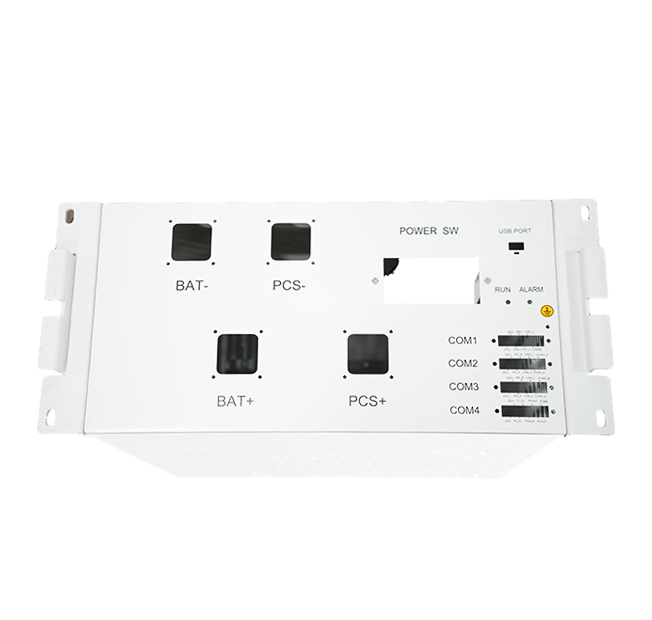Time:2025-09-22 Views:0 source:CNC Machining customization source:CNC Machining news

Sheet metal parts with high - temperature resistance play a pivotal role in numerous industrial applications where exposure to elevated temperatures is inevitable. These parts are engineered to maintain their structural integrity, mechanical properties, and functionality under extreme heat conditions, making them indispensable in sectors such as aerospace, automotive, power generation, and manufacturing.
The high - temperature resistance of sheet metal parts is primarily achieved through a combination of material selection and specialized manufacturing processes. Advanced heat - resistant alloys, such as stainless steels with high chromium and nickel contents, nickel - based alloys, and titanium alloys, are commonly employed. These materials possess unique microstructures and chemical compositions that endow them with excellent thermal stability, oxidation resistance, and creep resistance. For instance, stainless steels with austenitic structures can withstand temperatures up to 800 - 1000°C, while nickel - based superalloys are capable of operating at even higher temperatures, making them suitable for components in jet engines and high - temperature furnaces.
In addition to material choice, manufacturing techniques also contribute significantly to enhancing the high - temperature resistance of sheet metal parts. Processes like heat treatment, including annealing, quenching, and tempering, are used to refine the grain structure of the metal, improve its strength, and optimize its heat - resistant properties. Surface treatments, such as thermal spraying and electroplating, can further protect the parts from oxidation and corrosion at high temperatures. Thermal spraying involves depositing a coating of heat - resistant materials, like ceramic or metallic alloys, onto the surface of the sheet metal, creating a barrier that prevents direct contact between the base metal and the high - temperature environment.
Sheet metal parts with high - temperature resistance are widely applied in various scenarios. In the aerospace industry, they are used to fabricate components for aircraft engines, exhaust systems, and heat - shield panels, which need to endure the intense heat generated during flight. In automotive manufacturing, high - temperature - resistant sheet metal parts are utilized in exhaust manifolds, catalytic converters, and engine compartments, ensuring reliable performance even under the high - heat conditions of engine operation. In power plants, these parts are essential for constructing boilers, turbines, and heat exchangers, where they must withstand high - temperature steam and combustion gases. Overall, the high - temperature resistance of sheet metal parts is a critical factor in enabling the safe and efficient operation of many industrial systems.
Read recommendations:
Sealing ring Precision electronic parts
Housing components for recessed downlights Precision electronic parts
Oval Magnetic Hardware Precision electronic parts
CNC Machining Dimension Accuracy
CNC processing factory - Meeting customers' strict requirements for precision